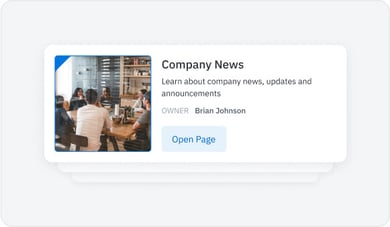
Your all-in-one digital home intranet, fueled by knowledge
The intranet that unlocks productivity, engages employees, streamlines internal communication, and turns information into actionable knowledge.
A central location for your collective knowledge
Give all of your employees one place to find what they need, be more productive, and align as one organization.
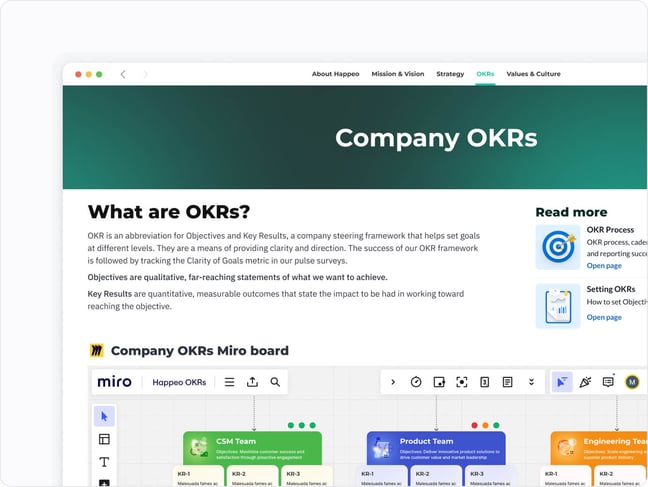
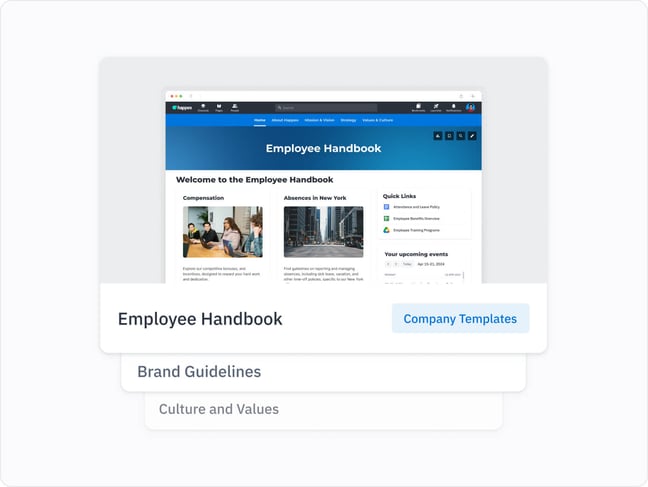
A modern interface for the modern business
No-code, pre-built templates make creating branded team and departmental Pages a breeze.
Intranets and comms go hand-in-hand
Knowledge isn’t locked away in silos. Our dynamic platform connects Pages with structured internal comms features to keep everyone up-to-date.
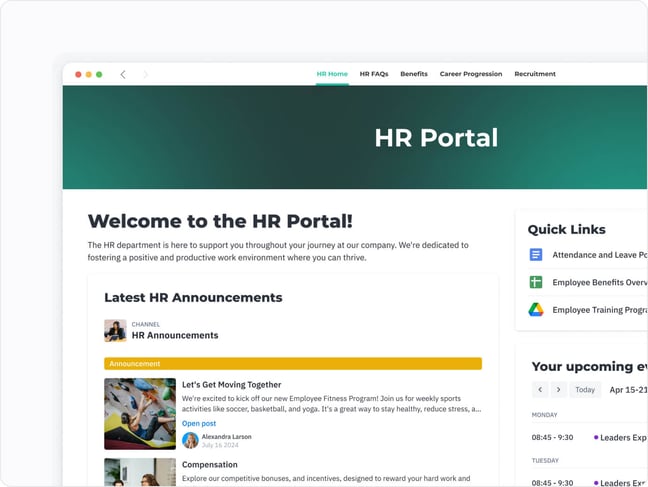
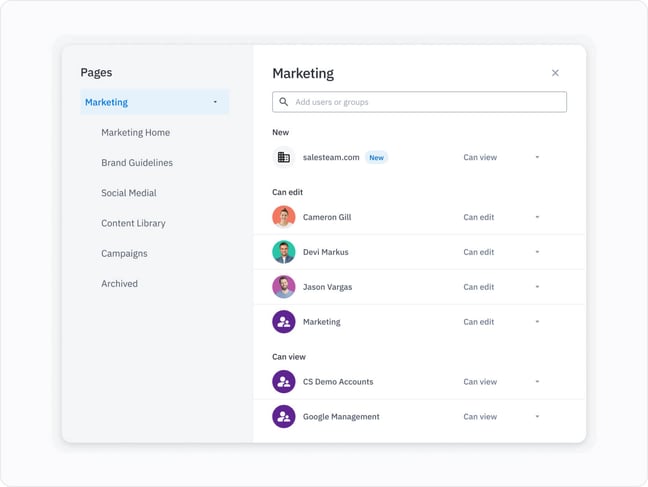
Collaborate with ease
Many hands make light work during an intranet build. Easily delegate privileges so subject-matter experts can populate Pages with less strain on one team.
Go ahead, get a little creative
Rich visuals, videos, polls, and embed capabilities pack a punch of personality and style that showcases your company and culture.
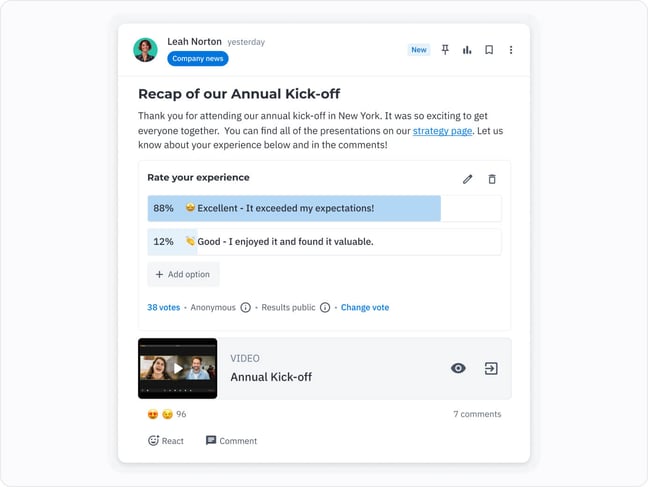
Behind the Pages
Deep tech integration
Happeo streamlines work by seamlessly integrating with Google, Microsoft, and other tools. It automatically organizes content—even from messy drives—and eliminates manual user setup, reducing software fatigue.
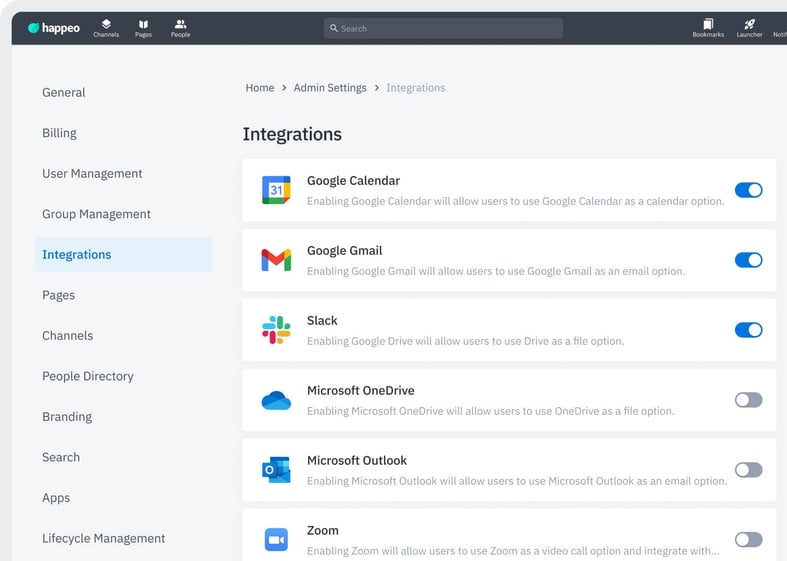
Balance in governance
Strike the perfect balance. Happeo empowers employees to share knowledge with its open forum collaboration style, while maintaining control with top-down governance.
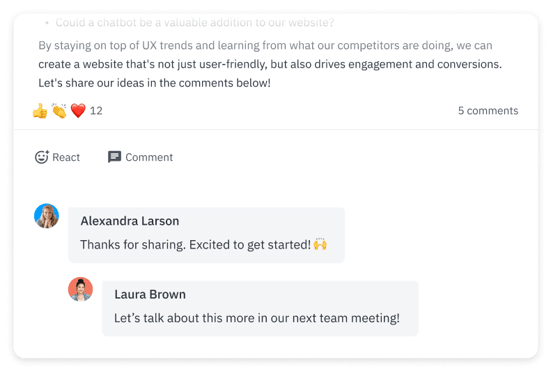
Easy-to-Launch/Use/Manage
Smooth rollouts and pre-built templates mean non-technical admins can easily own and maintain the platform. Meanwhile, anyone can create and manage content, while IT teams appreciate the seamless integrations and hands-off approach.











